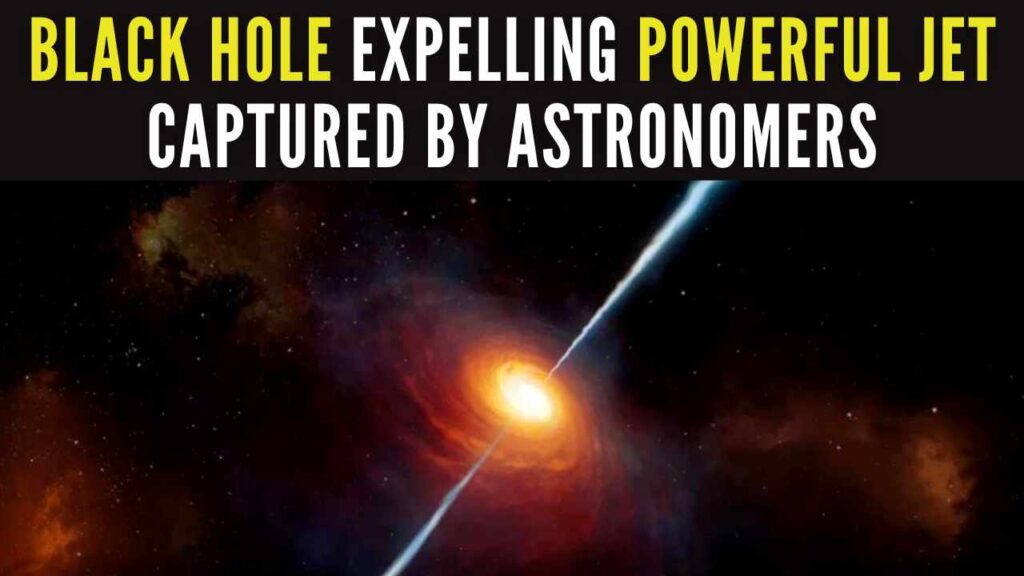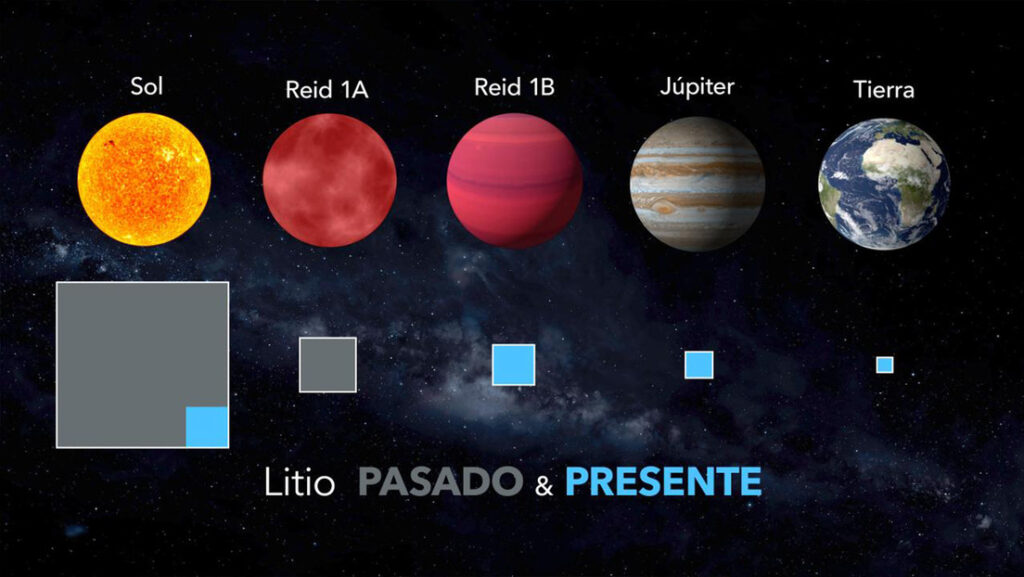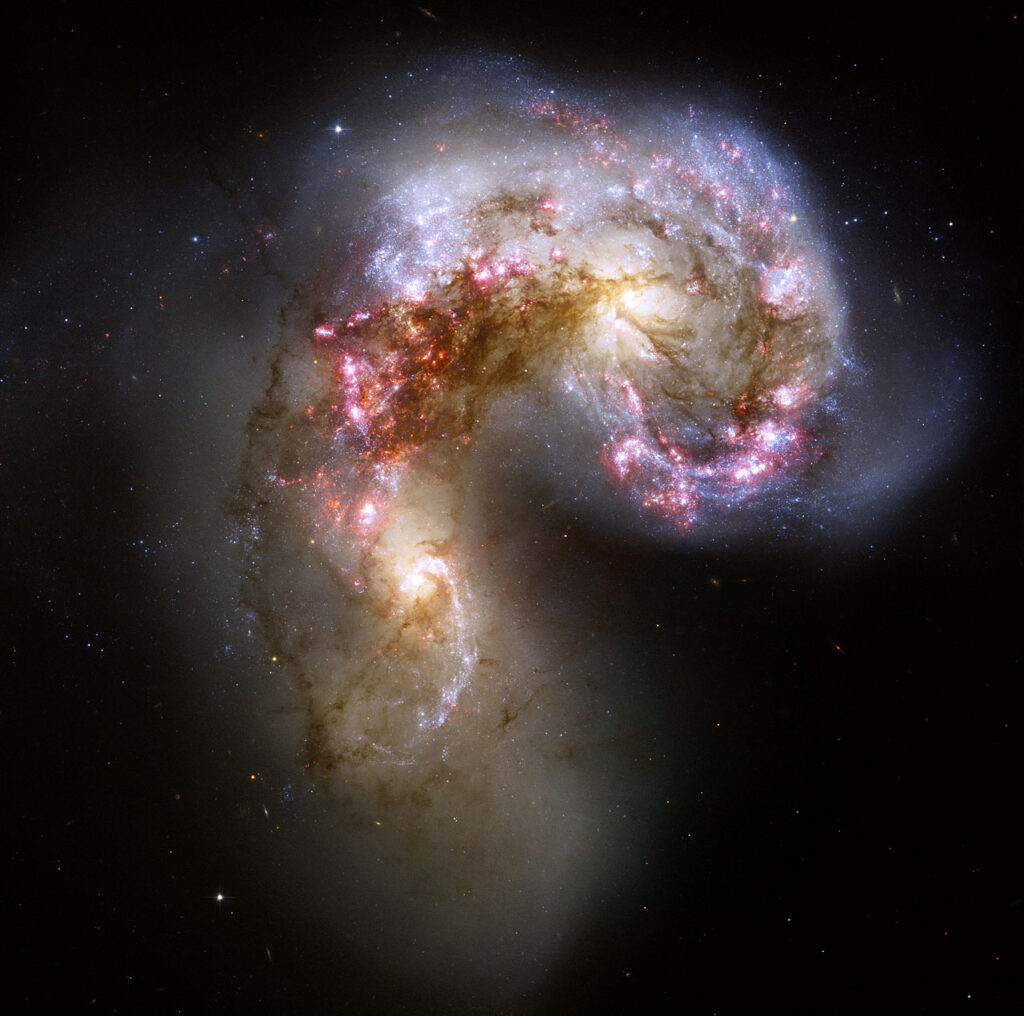The coronal hole is now facing our planet. When the solar storm arrives at Earth, it is likely to result in Arctic auroras, which are a beautiful spectacle.
A solar storm caused by a hole in the Sun’s atmosphere could hit Earth on Friday, March 31, 2023. This is because gaseous material is flowing from the hole, called a coronal hole, and a stream of solar wind is heading for Earth.
The coronal hole is now facing our planet, according to spaceweather.com. When the solar storm arrives at Earth, it is likely to result in Arctic auroras, which are a beautiful spectacle.
What is a coronal hole?
A coronal hole is a dark area in the solar corona that can be observed in extreme ultraviolet and soft X-ray solar images, and appears dark because it is a cooler, less dense region compared to the surrounding plasma. A coronal hole is a region of open, unipolar (having a single pole) magnetic field, which allows the solar wind to escape more readily into space, resulting in streams of relatively fast solar wind, according to the National Oceanic and Atmospheric Administration (NOAA).
What is a co-rotating region on the Sun?
A co-rotating interaction region (CIR), or a compression region ahead of a coronal hole high-speed stream, is expected to enhance the solar wind field. The interaction of slower, ambient solar winds ahead of the high-speed stream results in the formation of a CIR.
Due to the coronal hole high-speed stream influences, there will be an increase in the solar wind speed, according to the NOAA. Influences from the periphery of the March 20 Coronal Mass Ejection (CME) is likely to result in additional minor enhancements in solar wind speed.
What is a coronal mass ejection?
A coronal mass ejection is a large expulsion of plasma and magnetic field from the Sun’s corona, and can travel at speeds ranging from slower than 250 kilometres per second, to as fast as 3,000 kilometres per second.
The formation of the CIR, the onset of the coronal hole high-speed stream influences, and other coronal mass ejection influences began by late March 23.
Coronal hole that could result in solar storm on Friday is the size of 20-30 Earths
The coronal hole which is likely to result in a solar storm that could hit Earth on Friday is about 300,000 to 400,000 kilometres across, a Business Insider report said, quoting Alex Young from NASA’s Goddard Space Flight Center. Young said that the size of the coronal hole is equivalent to about 20 to 30 Earths lined up back-to-back.
However, since a minor stream of solar wind is heading for Earth, the storm is likely to be less severe.
An X1.2 flare occurred from a region on the Sun on March 29, peaking at 8:03 am IST. An X1.2 solar flare is a powerful solar flare, and belongs to the X-class, which denotes the most intense flares. This resulted in an R3 HF (High Frequency) radio blackout event. An R3 event is a strong radio blackout event in which there is a wide-area blackout of high-frequency radio communication, and loss of radio contact for about an hour on the sunlight side of the Earth.
On March 24, Earth was hit by the most powerful solar storm in nearly six years. It was a severe G4 geomagnetic storm. This is a geomagnetic storm which can disrupt power systems and spacecraft operations. A major disturbance of Earth’s magnetosphere that occurs when there is a very efficient energy exchange from the solar wind to the space environment surrounding Earth is called a geomagnetic storm.
Recent Posts
- Astronomers detect first direct image of black hole expelling a powerful jet
- WhatsApp rolling out ‘reply with message’ feature within call notifications
- Multi-Device Pairing May Be Arriving for Apple Watch this Year
- Artificial Intelligence Discovers Hidden Giant, a Planet 5 Times Larger Than Jupiter
- Google CEO Sundar Pichai Talks Bard & The Future Of Search
Recent Comments

Astronomers detect first direct image of black hole expelling a powerful jet

Artificial Intelligence Discovers Hidden Giant, a Planet 5 Times Larger Than Jupiter

Scientists explain melting of Antarctic ice sheet dating back 9,000 years

An Unexpected Discovery: Hubble, ESA's Gaia Spot Double Quasar That Existed Over 10 Billion Years Ago

Astronomers detect first direct image of black hole expelling a powerful jet

WhatsApp rolling out ‘reply with message’ feature within call notifications

Multi-Device Pairing May Be Arriving for Apple Watch this Year


